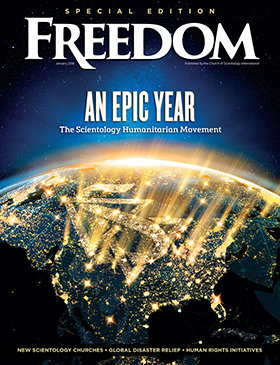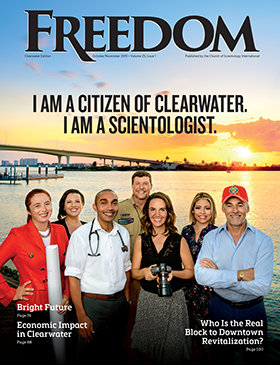
Most parents would be proud to have raised three sons who became incredibly wealthy doctors and had wings of museums and halls of universities named after them, particularly if the family came from humble beginnings. Though Arthur, Mortimer and Raymond Sackler all became psychiatrists and affluent patrons of the arts, pride might not be the prevailing sentiment of Isaac and Sophie Sackler if they knew of the dishonorable methods their boys used to acquire their wealth.

In the 1940s and ’50s, the brothers worked at Creedmoor State Hospital in Queens, New York. Arthur also worked in the pharmaceutical business. He joined the advertising firm William Douglas McAdams, produced various publications directed at doctors, including “MD Publications,” and eventually purchased William Douglas McAdams. He bought into the company his brothers owned (he’d actually purchased it for them) before it splintered into Purdue Pharma LP, the maker of OxyContin.
According to his Medical Advertising Hall of Fame entry, Arthur was an “advocate for the full-blown marketing programs (field force plus multimedia promotional activities) employed today.” In other words, he used any means possible to get doctors to prescribe drugs that his company promoted, no matter how suspect the patients’ medical conditions were. He marketed the Hoffmann-La Roche drugs Librium for “anxiety” and Valium for “psychic tension.” With the help of Arthur’s aggressive marketing campaigns, Valium became the first $100-million drug, then the first $1-billion drug. That Valium is highly addictive didn’t seem to matter.
Arthur’s advertising “genius,” however, consisted of more than having a way with words. His marketing techniques made the antibiotic Terramycin a huge success in the 1950s, but he involved Dr. Henry Welch, then director of the FDA’s Division of Antibiotics, in his scheme. According to Pain Killer: A “Wonder” Drug’s Trail of Addiction and Death, a book by Barry Meier, Arthur’s estate papers contained “documents that indicated the Sacklers owned MD Publications, the company that funneled some $260,000 in reprint royalty payments to Henry Welch, the compromised FDA official.”
Mortimer and Raymond did not have the gumption or marketing brilliance of their older brother, but they employed Arthur’s promotional tricks to great effect. One of their businesses, Glutavite Corporation, sold I-Glutavite, which was “nothing more than a mixture of monosodium glutamate—the meat tenderizer known as MSG—and vitamin B,” according to Pain Killer. “Not surprisingly, the ads promoting it as a mental stimulant were the handicraft of a drug industry dream factory”—the advertising agency Arthur owned. Arthur had once promoted a product that contained a “happy baby vitamin” for Upjohn, citing inconclusive research used without the researchers’ permission. Mortimer and Raymond employed Arthur’s strategies after his death to misrepresent OxyContin’s lack of addictiveness and potential for abuse (see previous story).
Mortimer renounced his American citizenship, according to the divorce papers of his second of three wives, because he didn’t want to pay taxes in the United States. For three brothers who reportedly flirted with communism, they certainly embraced a ruthless brand of capitalism. Forbes declared the Sacklers the 16th wealthiest family in the country in 2015, worth $14 billion.
Arthur, notes Pain Killer, “used his vast empire of publications both to promote uncritically the interests of his friends and corporate allies and to savage and seek to destroy those who stood in his way.”
































